Scientists report a new method for establishing whether chemical compounds are safe for human use without in-vivo testing, based on so-called 'molecular initiating events' at the boundary between chemistry and biology.
Nov 18th, 2014
Read more
As genome sequencing has gotten faster and cheaper, the pace of whole-genome sequencing has accelerated, dramatically increasing the number of genomes deposited in public archives. Although these genomes are a valuable resource, problems can arise when researchers misapply computational methods to assemble them, or accidentally introduce unnoticed contaminations during sequencing.
Nov 18th, 2014
Read more
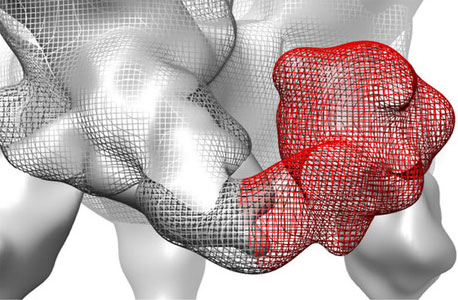 UC Davis researchers are getting a new look at the workings of HIV and other viruses thanks to new techniques in electron microscopy developed on campus.
UC Davis researchers are getting a new look at the workings of HIV and other viruses thanks to new techniques in electron microscopy developed on campus.
Nov 17th, 2014
Read more
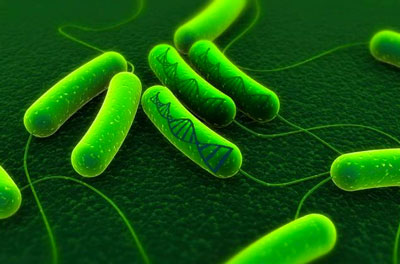 Engineered E. coli can store long-term memories of chemical exposure, other events in their DNA.
Engineered E. coli can store long-term memories of chemical exposure, other events in their DNA.
Nov 17th, 2014
Read more
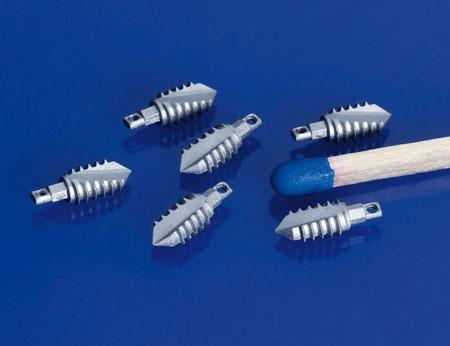 Until now, in cases of bone fracture, doctors have used implants made of steel and titanium, which have to be removed after healing. To spare patients burdensome interventions, researchers are working on a bone substitute that completely degrades in the body. Towards this end, material combinations of metal and ceramic are being used.
Until now, in cases of bone fracture, doctors have used implants made of steel and titanium, which have to be removed after healing. To spare patients burdensome interventions, researchers are working on a bone substitute that completely degrades in the body. Towards this end, material combinations of metal and ceramic are being used.
Nov 12th, 2014
Read more
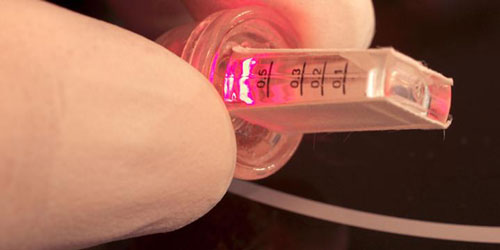 Researchers have constructed the first gene network that can be controlled by our thoughts. The inspiration for this development was a game that picks up brainwaves in order to guide a ball through an obstacle course.
Researchers have constructed the first gene network that can be controlled by our thoughts. The inspiration for this development was a game that picks up brainwaves in order to guide a ball through an obstacle course.
Nov 11th, 2014
Read more
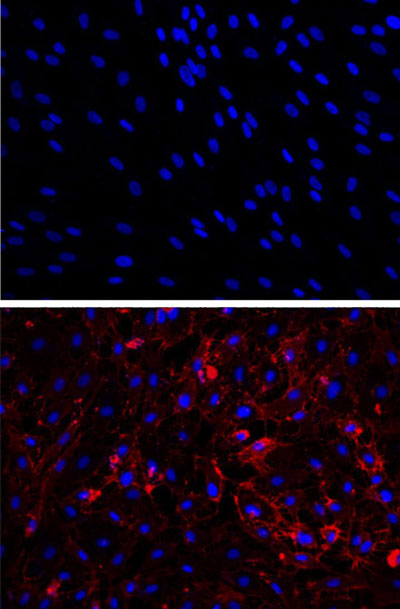 By transforming human scar cells into blood vessel cells, scientists may have discovered a new way to repair damaged tissue. The method appeared to improve blood flow, oxygenation, and nutrition to areas in need.
By transforming human scar cells into blood vessel cells, scientists may have discovered a new way to repair damaged tissue. The method appeared to improve blood flow, oxygenation, and nutrition to areas in need.
Nov 7th, 2014
Read more
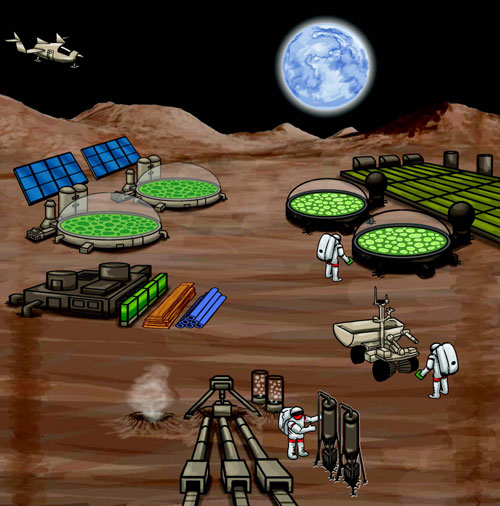 Researchers have used synthetic biology to produce an inexpensive and reliable microbial-based alternative to the world's most effective anti-malaria drug, and to develop clean, green and sustainable alternatives to gasoline, diesel and jet fuels. In the future, synthetic biology could also be used to make manned space missions more practical.
Researchers have used synthetic biology to produce an inexpensive and reliable microbial-based alternative to the world's most effective anti-malaria drug, and to develop clean, green and sustainable alternatives to gasoline, diesel and jet fuels. In the future, synthetic biology could also be used to make manned space missions more practical.
Nov 6th, 2014
Read more
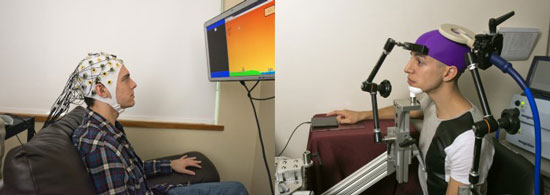 Researchers have successfully replicated a direct brain-to-brain connection between pairs of people as part of a scientific study following the team's initial demonstration a year ago. In the newly published study, which involved six people, researchers were able to transmit the signals from one person's brain over the Internet and use these signals to control the hand motions of another person within a split second of sending that signal.
Researchers have successfully replicated a direct brain-to-brain connection between pairs of people as part of a scientific study following the team's initial demonstration a year ago. In the newly published study, which involved six people, researchers were able to transmit the signals from one person's brain over the Internet and use these signals to control the hand motions of another person within a split second of sending that signal.
Nov 5th, 2014
Read more
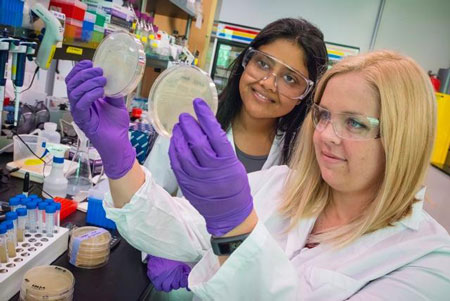 An international team of bioengineers has boosted the ability of bacteria to produce isopentenol, a compound with desirable gasoline properties. The finding is a significant step toward developing a bacterial strain that can yield industrial quantities of renewable bio-gasoline.
An international team of bioengineers has boosted the ability of bacteria to produce isopentenol, a compound with desirable gasoline properties. The finding is a significant step toward developing a bacterial strain that can yield industrial quantities of renewable bio-gasoline.
Nov 5th, 2014
Read more
 In a lab in Bavaria scientists are trying to chemically transform crab shells into a high performance biopolymer. This European research project, Chibio, turns the waste into a raw material and energy source.
In a lab in Bavaria scientists are trying to chemically transform crab shells into a high performance biopolymer. This European research project, Chibio, turns the waste into a raw material and energy source.
Nov 5th, 2014
Read more
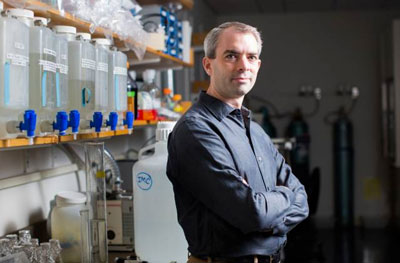 During your lifetime, the cells in your body divide many trillions of times. Iain Cheeseman, an associate professor of biology at MIT, has spent his career studying how cells control this process, which is critical to ensuring that the correct genetic information is passed down from generation to generation.
During your lifetime, the cells in your body divide many trillions of times. Iain Cheeseman, an associate professor of biology at MIT, has spent his career studying how cells control this process, which is critical to ensuring that the correct genetic information is passed down from generation to generation.
Nov 5th, 2014
Read more
Yeast geneticists report they have developed a novel tool - dubbed the 'telomerator' - that could redefine the limits of synthetic biology and advance how successfully living things can be engineered or constructed in the laboratory based on an organism's genetic, chemical base-pair structure.
Nov 3rd, 2014
Read more
Scientists disclosed a new method to convert lignin, a biomass waste product, into simple chemicals. The innovation is an important step toward replacing petroleum-based fuels and chemicals with biorenewable materials.
Nov 3rd, 2014
Read more
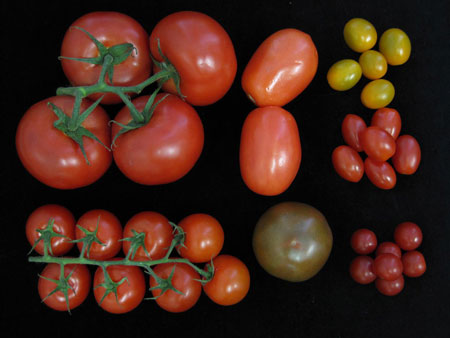 Scientists have found a new way to dramatically increase crop yields. The team has discovered a set of gene variations that boost fruit production in the tomato plant by as much as 100 percent. Plant breeders will be able to combine different gene variants to create an optimal plant architecture for particular varieties and growing conditions. The set will enable farmers to maximize yield in tomatoes and potentially other flowering plants, including crops like soybeans.
Scientists have found a new way to dramatically increase crop yields. The team has discovered a set of gene variations that boost fruit production in the tomato plant by as much as 100 percent. Plant breeders will be able to combine different gene variants to create an optimal plant architecture for particular varieties and growing conditions. The set will enable farmers to maximize yield in tomatoes and potentially other flowering plants, including crops like soybeans.
Nov 2nd, 2014
Read more
Scientists are applying a novel time-reversal technology that allows researchers to better focus light in tissue, such as muscles and organs.
Nov 2nd, 2014
Read more
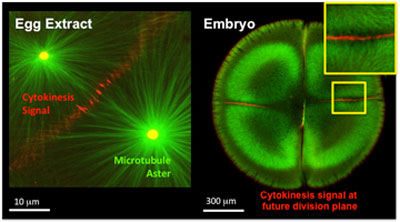 Researchers have reconstituted cell division - complete with signals that direct molecular traffic - without the cell. Combining frog-egg extracts with lipid membranes that mimic the membrane of the cell, they built a cell-free system that recapitulates how the cleavage furrow is assembled.
Researchers have reconstituted cell division - complete with signals that direct molecular traffic - without the cell. Combining frog-egg extracts with lipid membranes that mimic the membrane of the cell, they built a cell-free system that recapitulates how the cleavage furrow is assembled.
Oct 31st, 2014
Read more
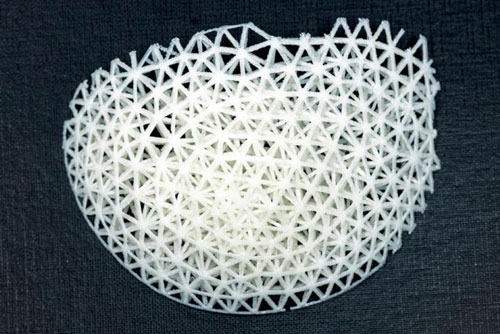 Australian students will soon be learning how to use 3D printing to churn out living replacement body parts, as universities team with their European counterparts to offer a world-first degree course.
Australian students will soon be learning how to use 3D printing to churn out living replacement body parts, as universities team with their European counterparts to offer a world-first degree course.
Oct 31st, 2014
Read more

 Subscribe to our Biotechnology News feed
Subscribe to our Biotechnology News feed











